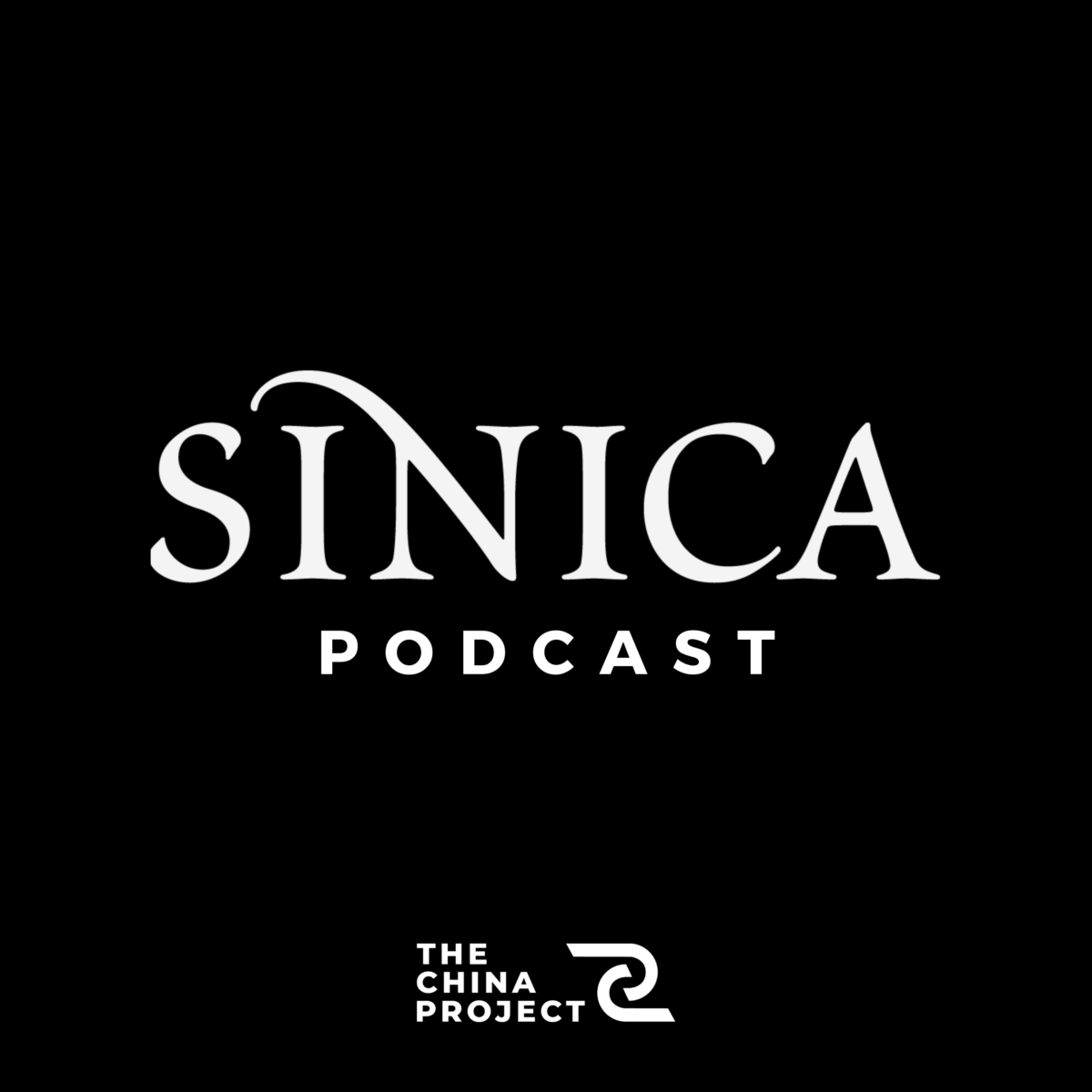This year marked the 50th anniversary of the beginning of the Cultural Revolution, a chaotic decade of Chinese history made infamous in the West through books such as Wild Swans and Life and Death in Shanghai, which describe in horrific detail the suffering endured by millions of people.
Most histories of the period focus on violence committed by the Red Guards, the imprisonment of people in cow sheds and other terrifying acts, but Paul Clark’s book The Chinese Cultural Revolution: A History examines the art of the era. For this episode of Sinica, he joined Jeremy in Auckland, New Zealand, to discuss the large number of new operas, plays, films and other creative works that emerged from the tumultuous time. You can read the The China Project backgrounder on the topics of their conversation here.
Paul is a pioneer in the academic study of Chinese films and was one of the first New Zealand students to go to Beijing on an official exchange for two years of study in the 1970s. He has published books on Maori history, Chinese cinema and Chinese youth culture, as well as The Chinese Cultural Revolution, which looks at the creation, dissemination and innovation of art, film, theater and architecture in China from 1966 to 1976.
Recommendations:
Jeremy: Visiting Queenstown, New Zealand, and the surrounding mountains and lakes.
Paul: Red Sorghum, directed by Zhang Yimou.
Kaiser: Hillbilly Elegy, by J.D. Vance, and a Q&A with the author.
Special thanks to Podcasts NZ for the use of their studio in Auckland.








